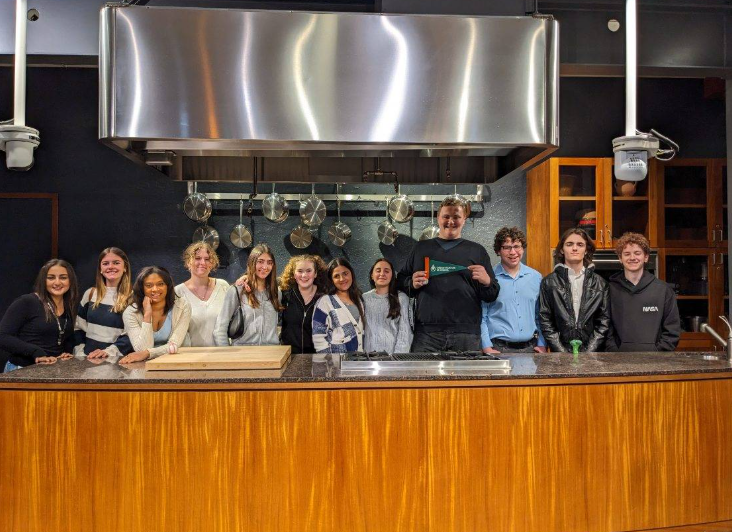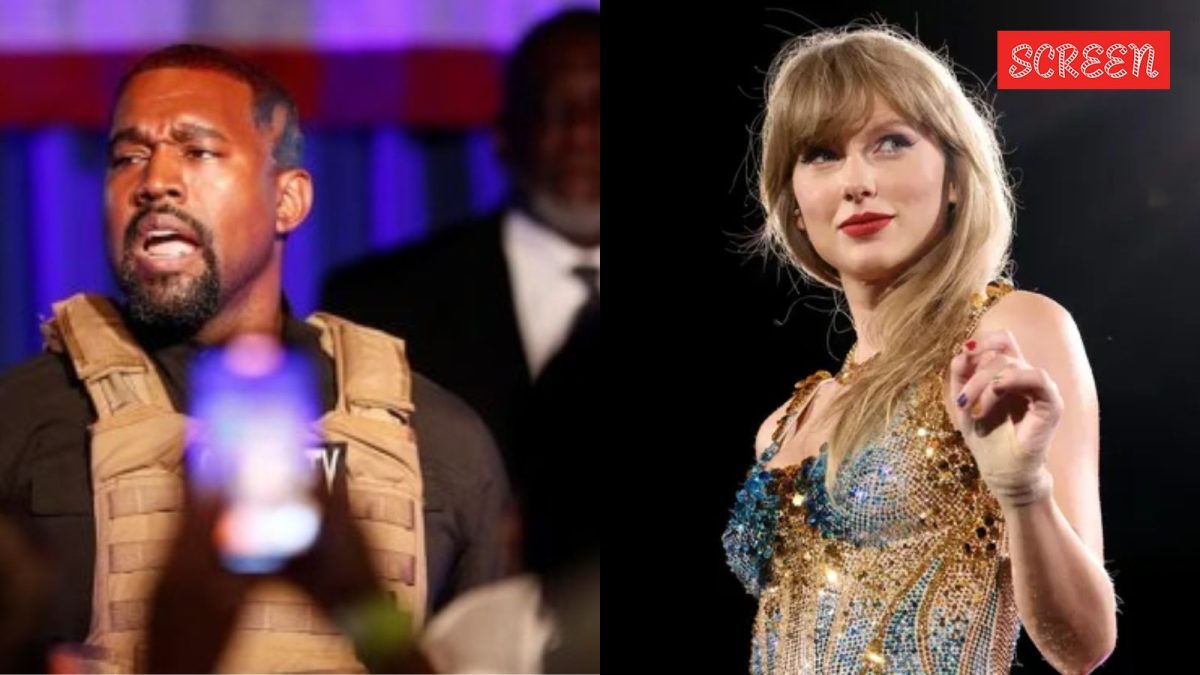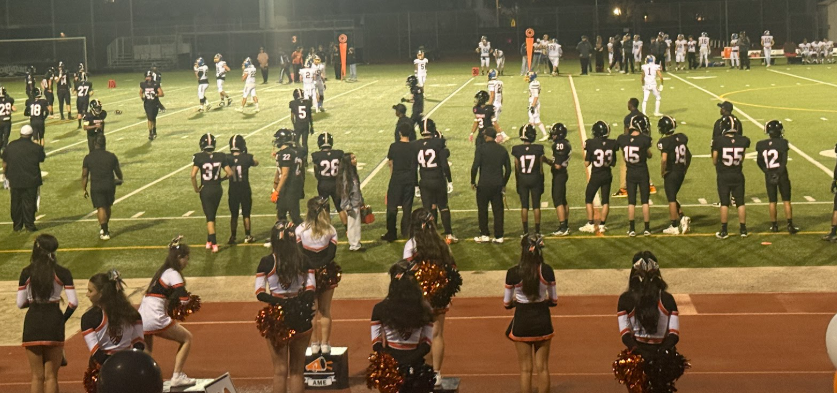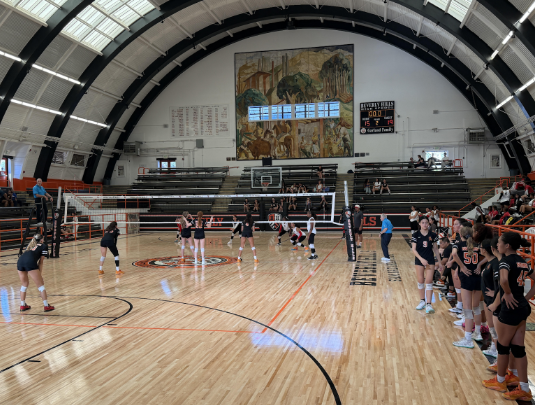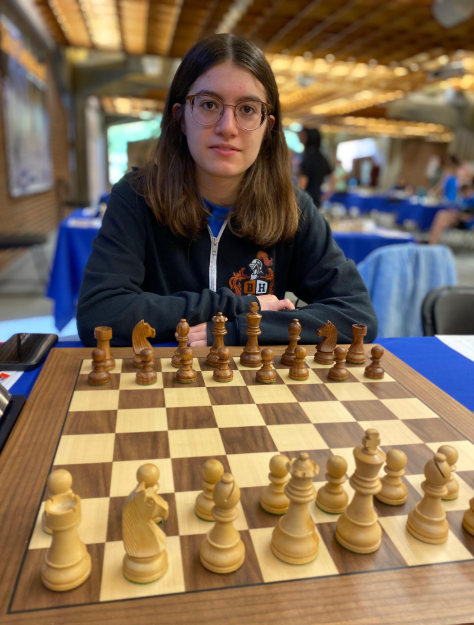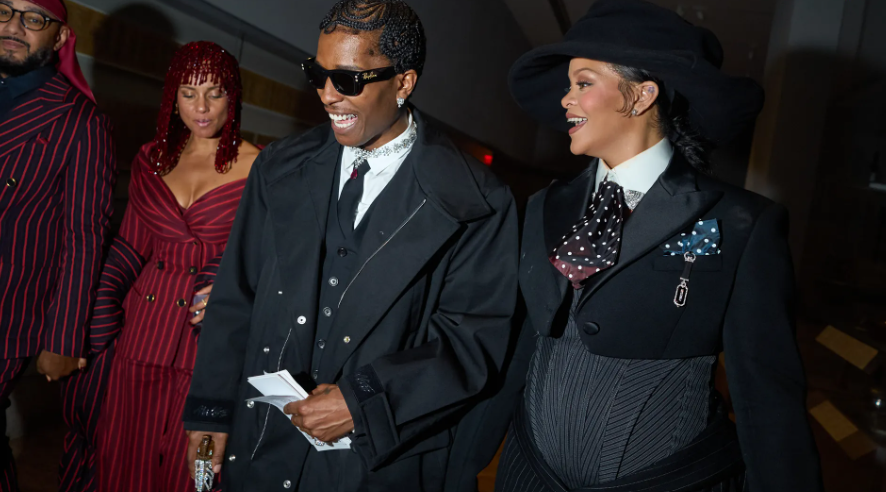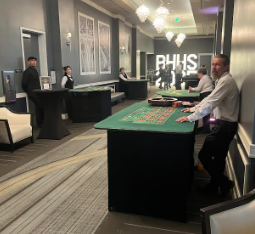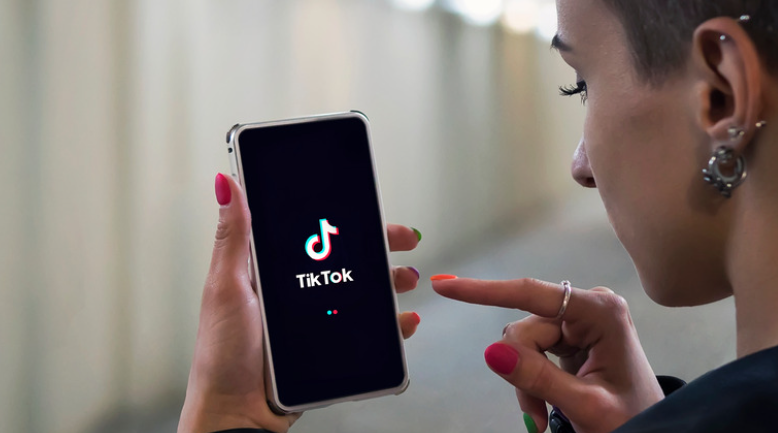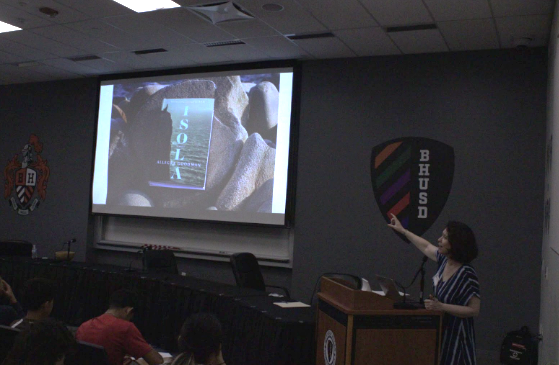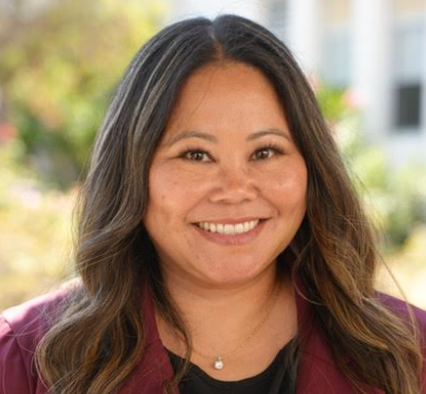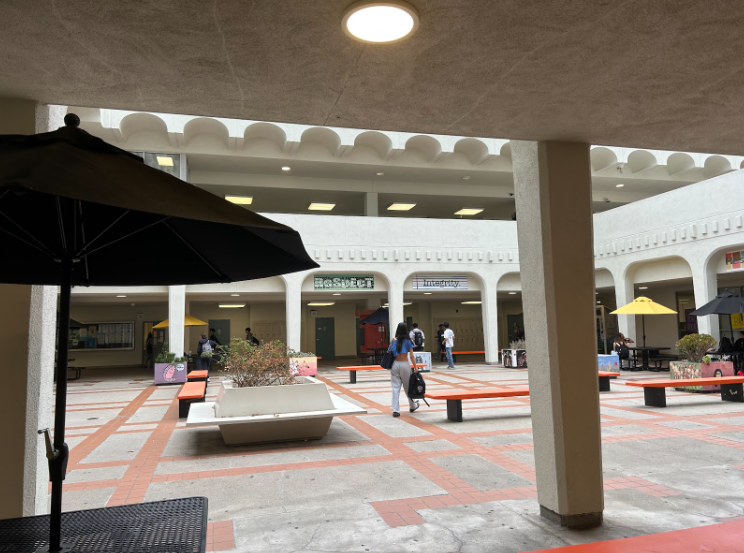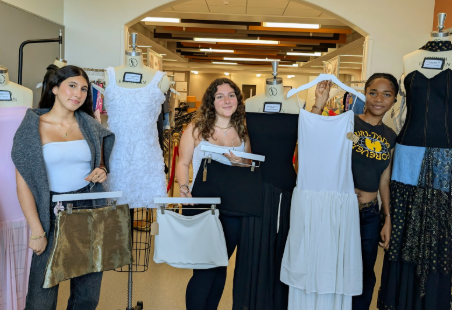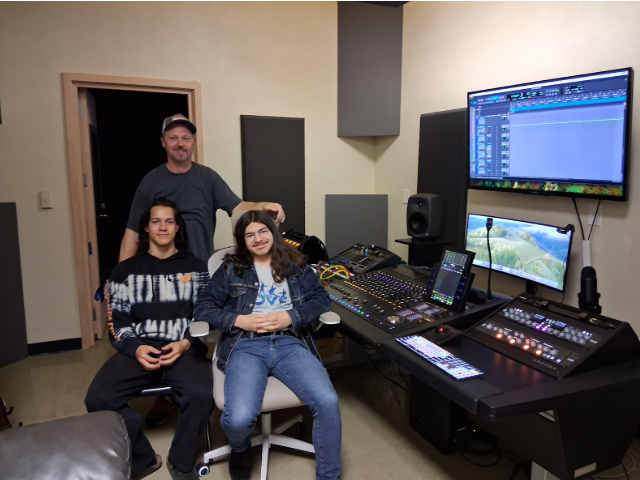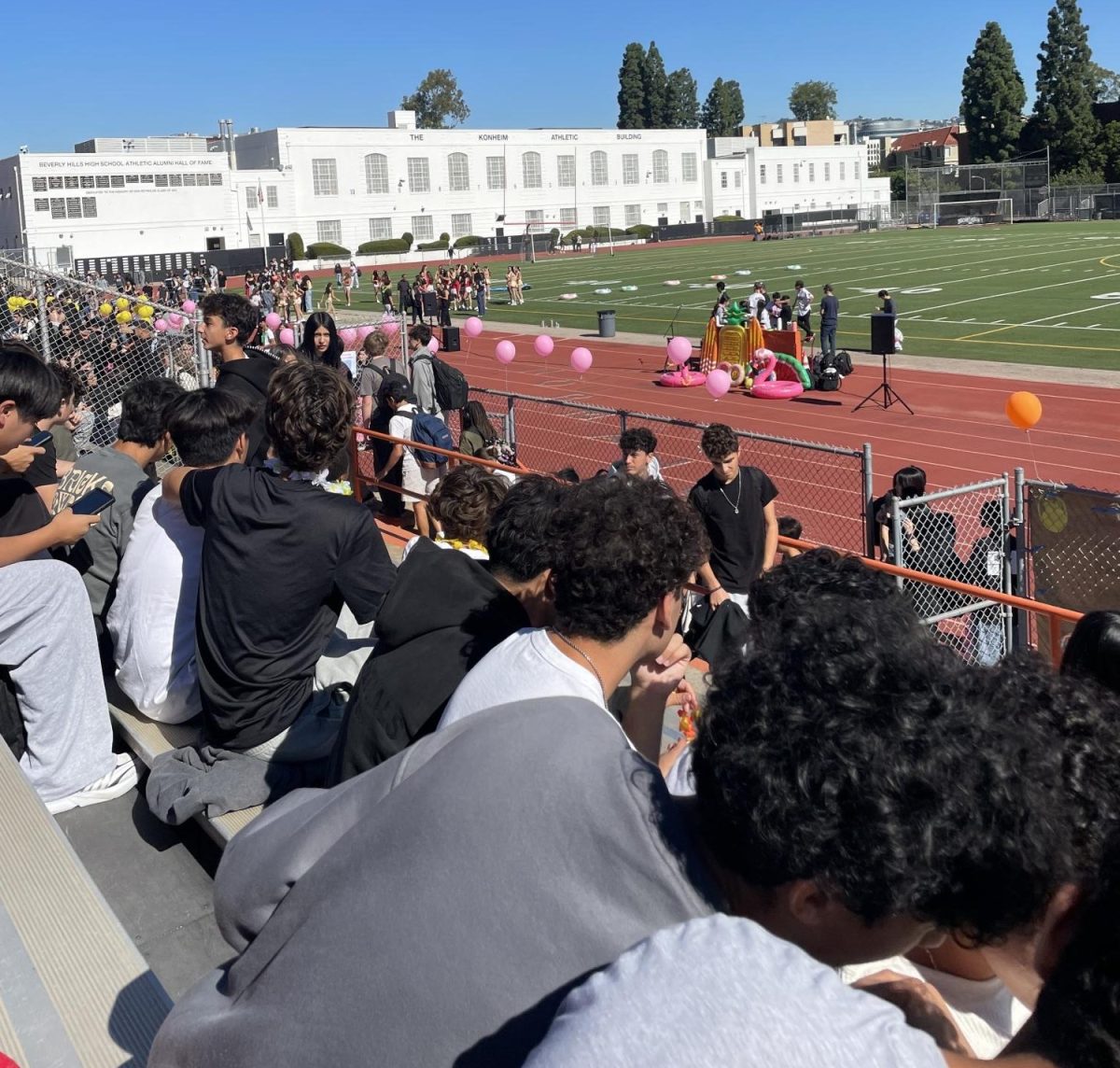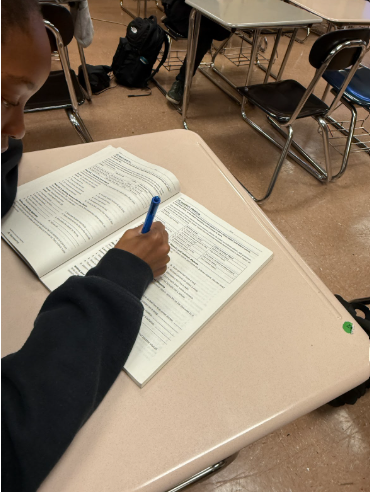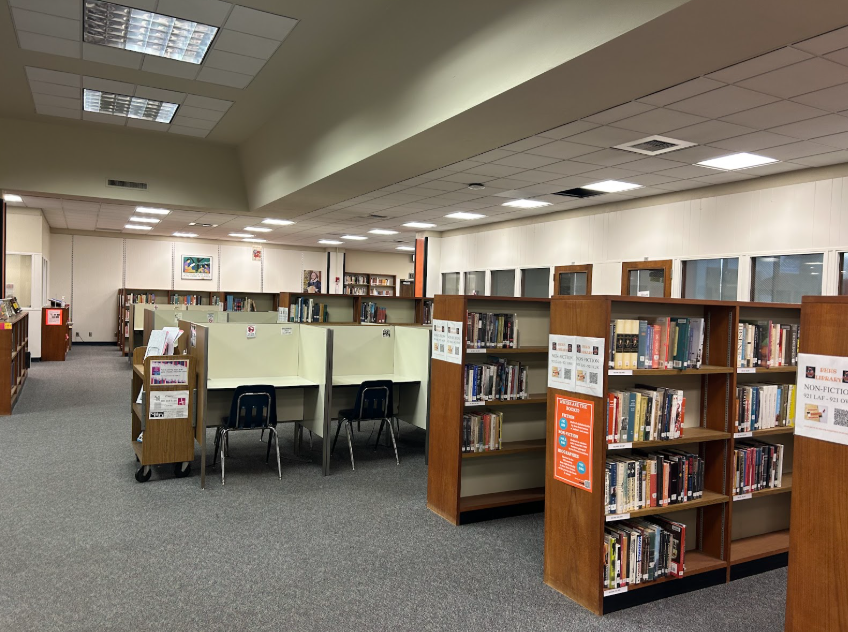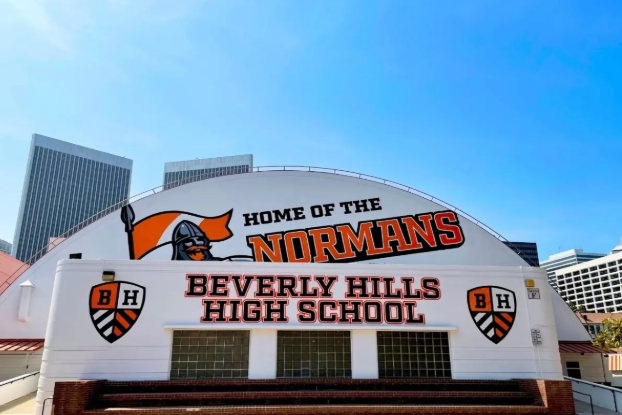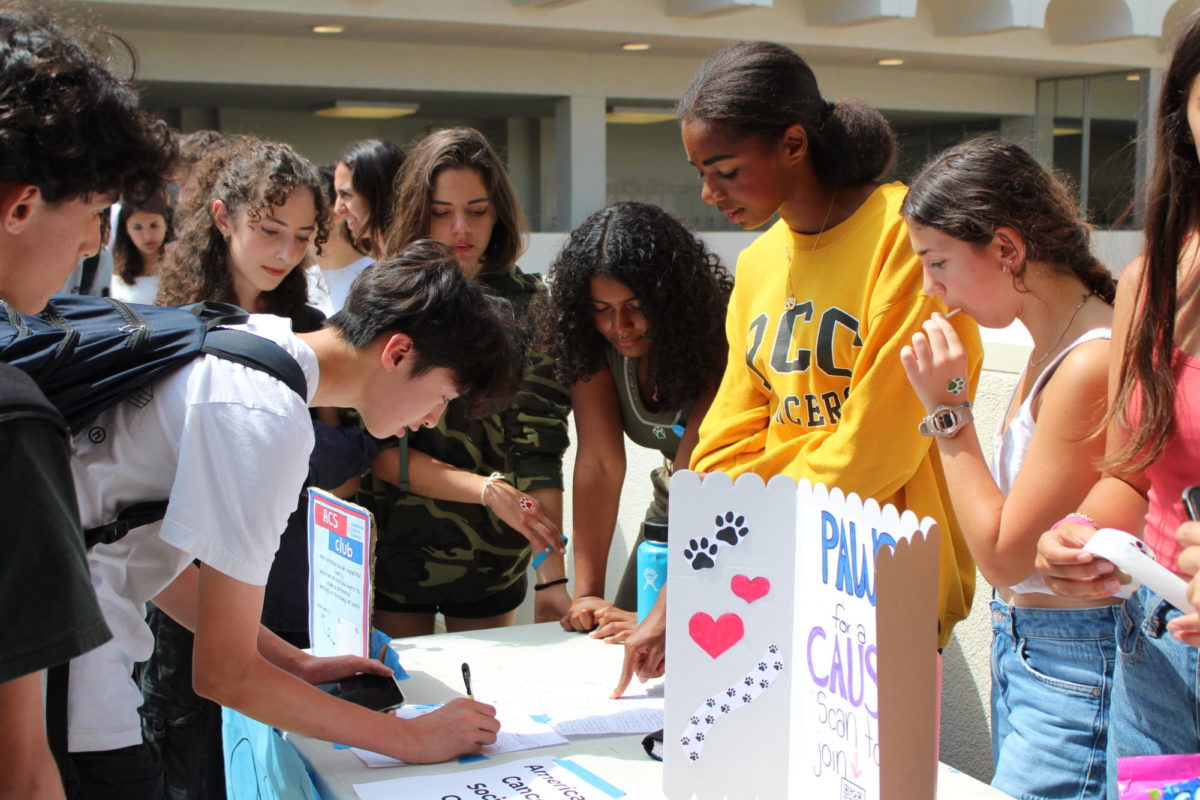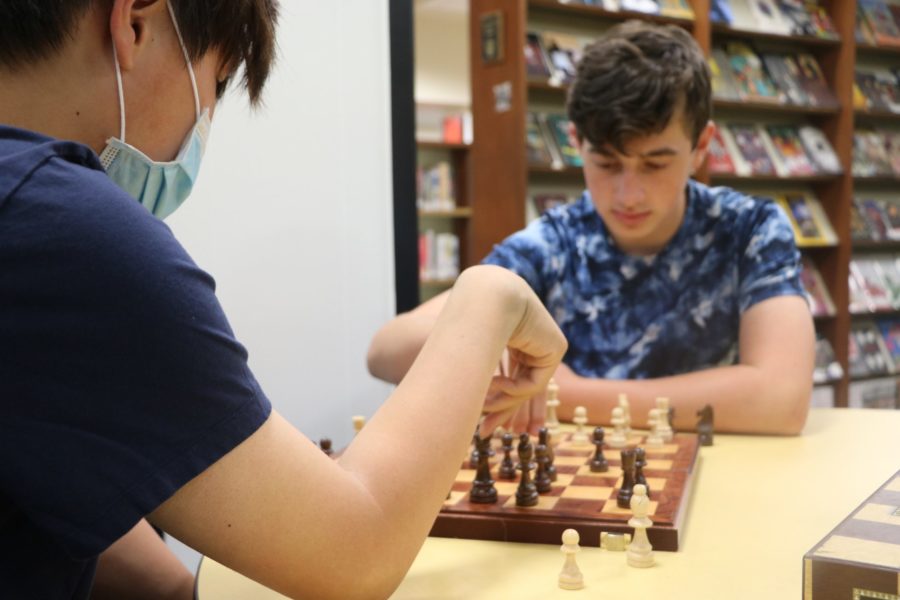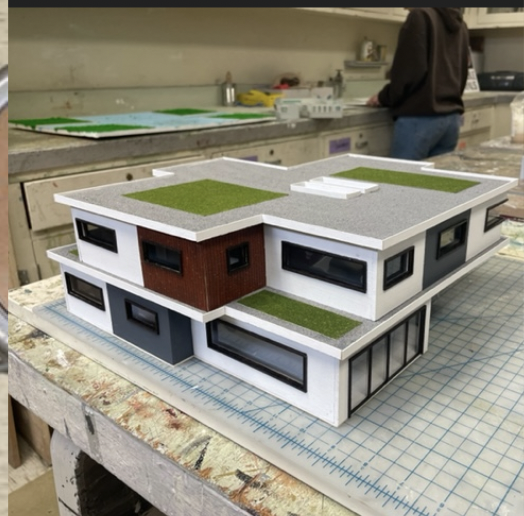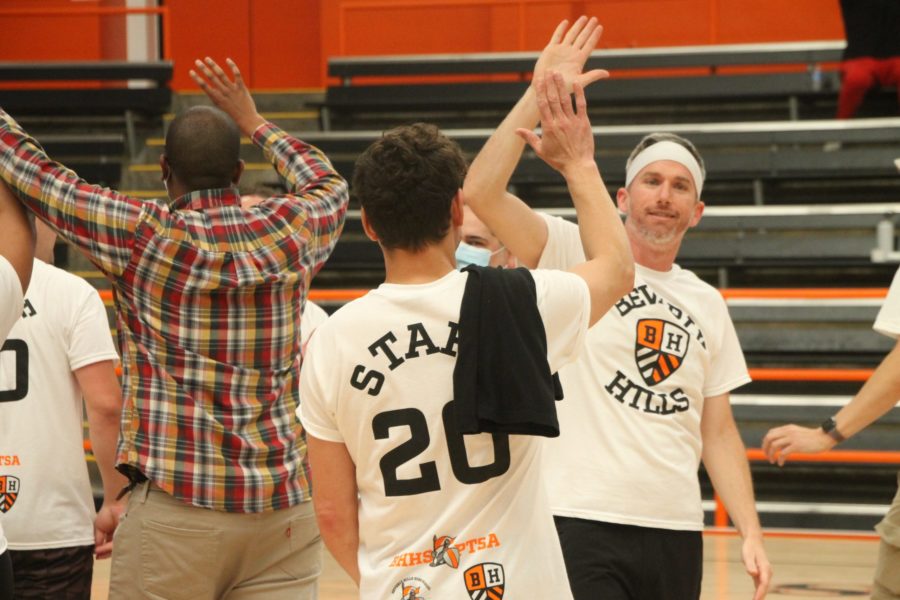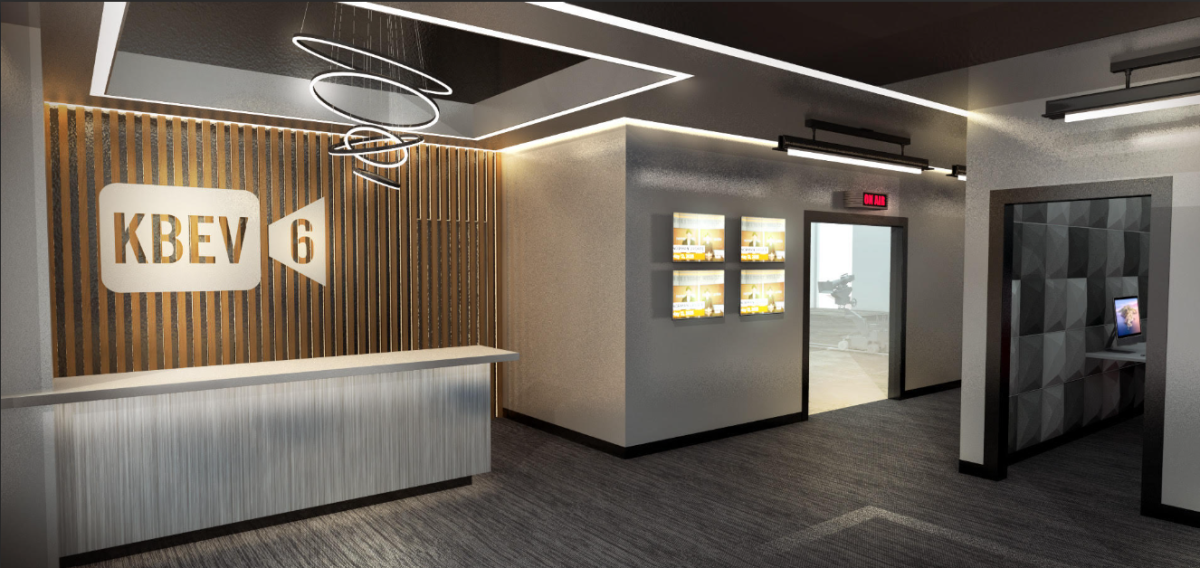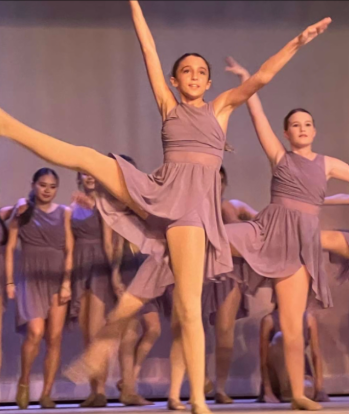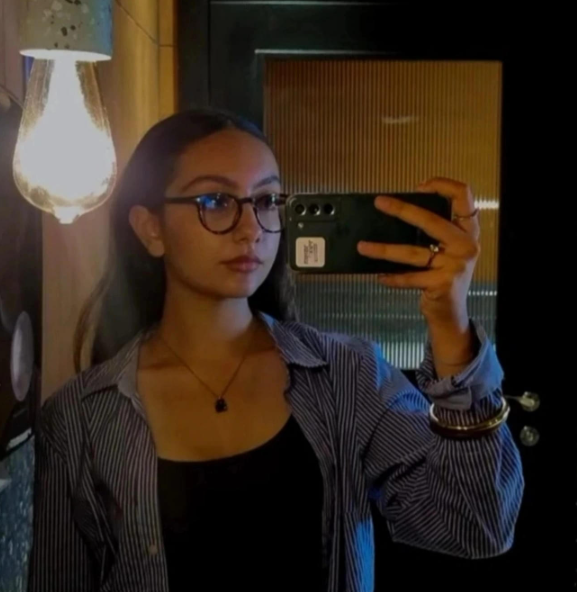Audio Production Teacher Alex Brightman opened the door to a room filled with sound and movement. He had once taught math, but together with Co-Teacher Rodney Mitchell, he built an audio production class. It grew and became what he taught full-time.
“We went one step at a time,” he said. “First is the introduction to the software… then percussion… chord progressions… bass lines… and then melodies.”
The class mixes technology and art. It used computers, structure and vocabulary—but also creativity.
“It’s super fun,” Brightman said. The course followed a standards-based system, with homework, tests and projects.
But success, he explained, wasn’t just grades. “The most important success is that they enjoyed doing it.” Students only had five hours a week to create music—so every hour counted.
Senior Nathan Horowitz loves both music and computers. The class gave him a way to combine them.
“When I found out that we had this class that basically combines both worlds, I thought, well, this is awesome,” he said. He had taken the class in middle school and in high school. But the Beverly studio felt bigger—both literally and creatively.
Junior Gabriel Longbein started even earlier. He downloaded music software as a kid and began experimenting on his own. Then he joined Brightman’s class and never left. “I’ve been taking the class in high school for the past three years,” he said.
“With this, you have a lot of control over what you want the song to be,” Horowitz explained. In other classes, there is less freedom in what you can do.
Longbein added he enjoys, “…the amount of creativity you have—the unlimited options.”
“By leading by example,” Brietman said, “we teach the groundwork, then let them explore.”
This year, the class produced the new KBEV intro music in their own studio.
“It’s awesome that we get to show people something we made week after week,” Horowitz said.
They also began building a student-run label—writing, recording and planning to release original songs.
The introduction class is important because challenges come early, and the software can be confusing.
“Learning how these programs work,” Horowitz said, “that’s a big part of it.
The class also changed how they listened to music. “Now I notice things I didn’t before,” Horowitz said.
Longbein felt the same way. “When I listen to a song, I start analyzing it. I can hear pieces I couldn’t hear before.”
It was more than just a class—it was a bridge to real jobs. Studios needed people who understood soundboards and software. Media needs sound for everything: podcasts, film, games, streaming.
“If you walk into a studio and say, ‘I used that board in high school,’ you already have an advantage,” Horowitz said.
The class still turned silence into structure. It turned buttons into choices. It turned choices into songs. Built step by step and always with fun.



